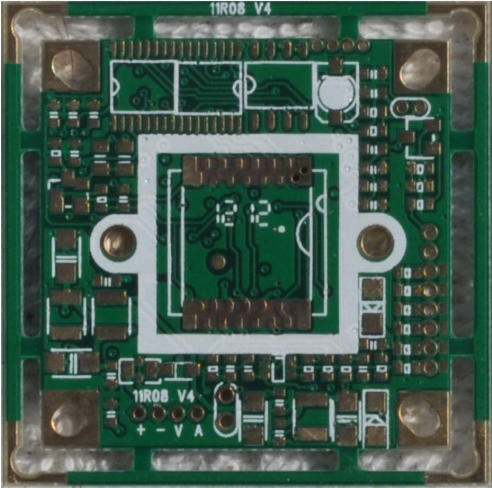This article introduces SMT chip processing technology to solve the problem of insufficient tin
Compared with a common question in SMT patch welding technology, especially when the user uses a new supplier’s product in the early stage, or the production technology is not stable and punctual, such a question is more likely to occur. Through the use of customer cooperation, and Through our many experiments, we can finally analyze the reasons for the occurrence of tin bead in the following aspects:
1, the PCB board is not sufficiently preheated during reflow soldering;
2. The setting of the reflow soldering temperature curve is not fair, and the board surface temperature before entering the soldering area is separated from the soldering area temperature;
3, the solder paste failed to completely return to room temperature when it was taken out of the cold storage;
4. After the solder paste is opened, it is exposed to the air for too long;
5, there is tin powder splashing on the PCB surface during the patch;
6. During the printing or transfer process, there is oil or water sticking to the PCB board;

7, the flux in the solder paste is unfairly distributed, and there are solvents that are not easy to evaporate or liquid additives or activators;
The first and second reasons above can also clarify why the newly replaced solder paste is prone to such doubts. The main reason is that the currently set temperature profile does not match the solder paste used, which requires customers to substitute supplies. When you are in business, you must ask the solder paste supplier for the temperature profile that the solder paste can be used to;
The third, fourth, and sixth reasons can be caused by improper manipulation by the user; the fifth reason can be caused by the improper storage of the solder paste or the failure of the solder paste after the expiration date. The solder paste is non-sticky or too sticky. Low, forming a splash of tin powder during placement; the seventh reason is the production technology of the solder paste supplier itself.
(3) There are many residues on the board surface after welding:
After soldering, there are more residues on the PCB board surface, which is often reflected by customers. The existence of more residues on the board surface not only affects the brightness of the board surface, but also has an inevitable impact on the electrical properties of the PCB itself; The main reasons for multiple residues are as follows:
1. When implementing solder paste, you don’t know the customer’s board conditions and customer needs, or other reasons for the selection error; for example: the customer’s demand is to use cleaning-free and residue-free solder paste, and the solder paste manufacturer supplies rosin Resin-type solder paste has caused customers to report that there are more residues after soldering. In this regard, solder paste manufacturers probably noticed when they promoted their products.
2. The content of rosin resin in the solder paste is too much or its quality is not good; this is probably a technical question of the solder paste manufacturer.